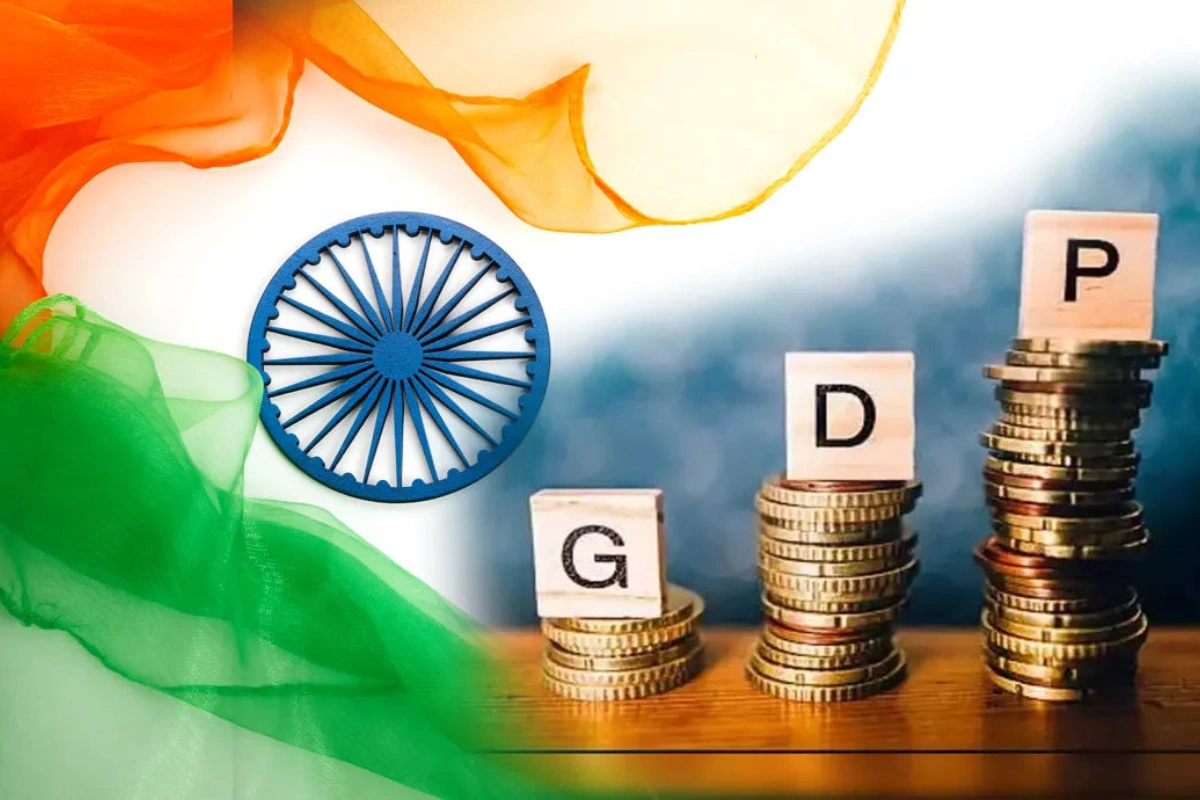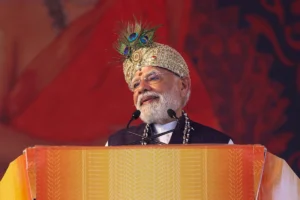
SBI economists have projected India’s GDP growth at 6.2-6.3% for the third quarter (October-December) of FY 2024-25, attributing it to strong demand, capex trends, and an increase in EBIDTA and corporate GVA recorded by India Inc.
The SBI report, released on Wednesday, describes the slowdown in Q2 as a ‘blip’ and estimates full-year GDP growth for FY25 at 6.3%, assuming no major revisions in Q1 and Q2 data by the National Statistical Office (NSO).
The official GDP data for Q3 is set to be released on 28 February.
According to the report, 74% of economic indicators showed acceleration in Q3 FY25, up from 71% in Q2 FY25.
A stable rural economy has further supported this momentum, with steady rural wage growth, increased domestic tractor sales, and higher rabi crop sowing.
Capex & Industrial Growth
The report highlights an improvement in capital expenditure in Q3 FY25, as states have gained momentum in executing their budget estimates, signaling positive prospects for future development.
Industrial production has also shown growth, with IIP manufacturing increasing from 3.3% in Q2 FY25 to 4.3% in Q3 FY25. The SBI Index reflects this positive trend as well.
India Inc has reported a recovery in EBIDTA margins (up 44 basis points) after two quarters, while corporate GVA has seen a significant quarter-on-quarter improvement.
Despite a global economic slowdown, the report notes that India continues to be one of the fastest-growing economies.
It cites the International Monetary Fund’s (IMF) recent global growth forecast, which pegs India’s GDP growth at 6.5% for both FY25 and FY26, driven by strong domestic demand, infrastructure support, and government policy measures.
SBI has developed a ‘Nowcasting Model’ to statistically estimate GDP, incorporating 36 high-frequency indicators related to industry, services, and global economic trends.
The model uses a dynamic factor approach to analyze data from Q4 FY13 to Q1 FY23.
Also Read: NRI Bank Deposits Surge 42.8% To $13.33 Billion In April-December 2024
To read more such news, download Bharat Express news apps


















